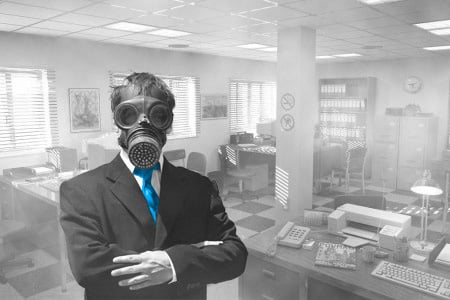
The Incentive Research Foundation has recently completed a study on U.S. Federal Regulations on non-cash rewards. According to those surveyed, 70% are “extremely” or “very” knowledgeable about the tax and other regulations regarding non-cash rewards. That same percentage reports that they are proactive in their approach to program design - and change the design frequently in order to comply with regulations.








